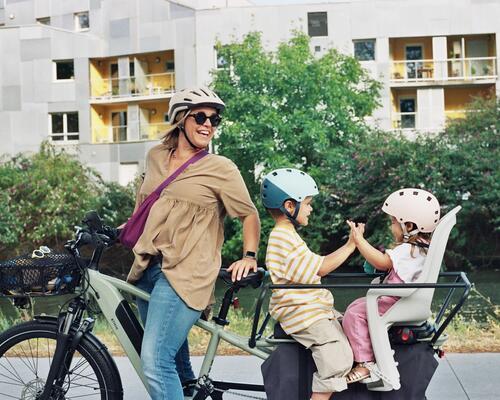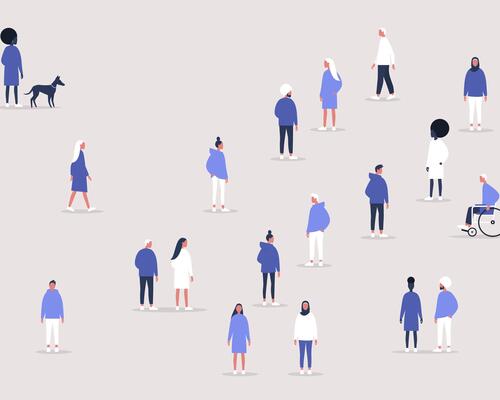STEP 1. The scientific framework: what is environmental assessment?
To evaluate its products, DECATHLON uses a life cycle analysis, i.e. an assessment of all the stages in the life cycle, from the extraction of the raw materials that make up the product to the end of the product's life.
Lifecycle analysis is a relatively recent subject, having emerged in the 1990s. Scientific methodologies and tools for assessing the impact of products are constantly evolving.
DECATHLON has been actively contributing to the development of these methodologies since 2007, notably through its participation in French working groups with ADEME and European working groups (PEF), aimed at specifying both the calculation methods and the databases needed to calculate a product's impact.
DECATHLON's product lifecycle analysis is based on the recommendations of the Product Environmental Footprint method, promoted by the European Commission.











